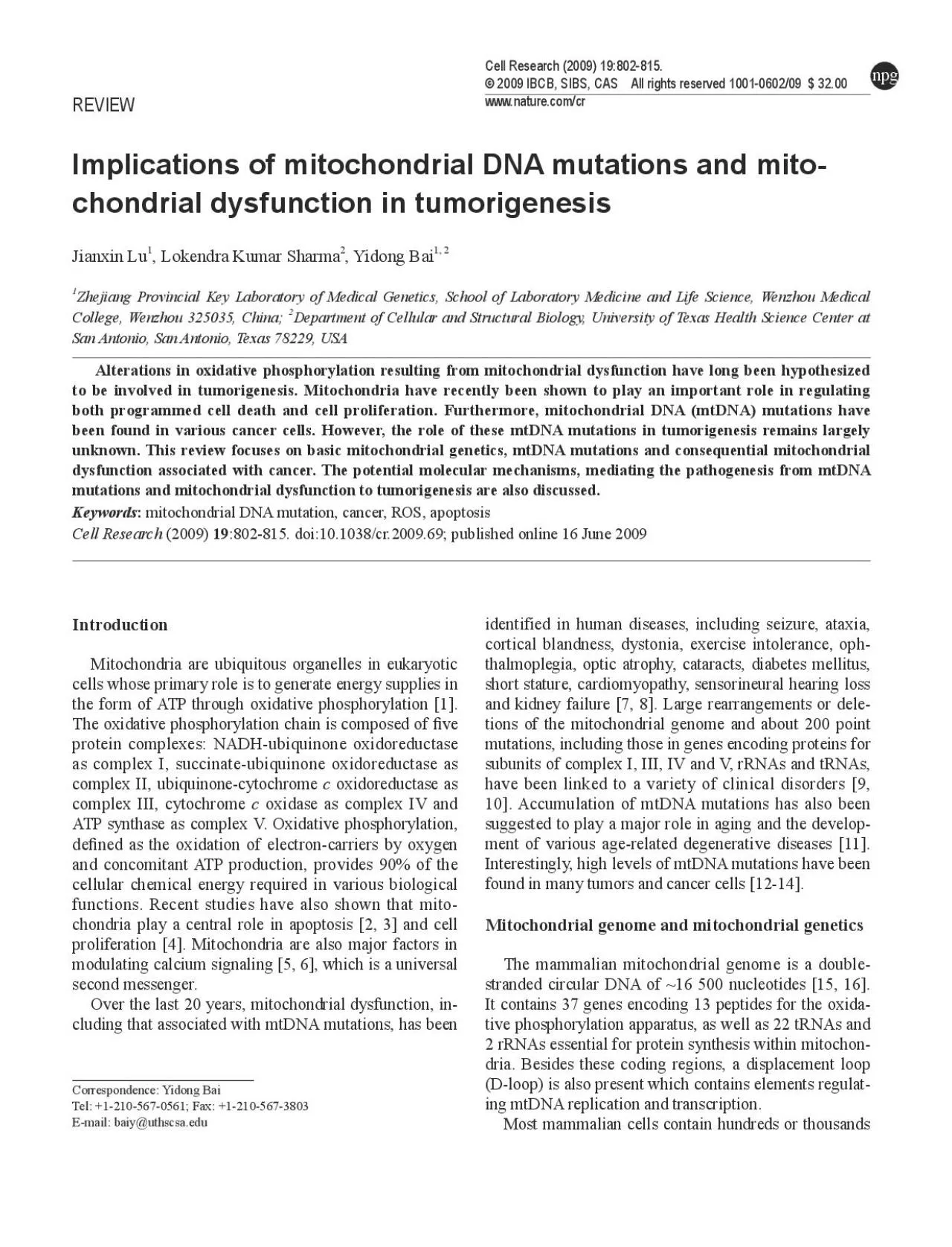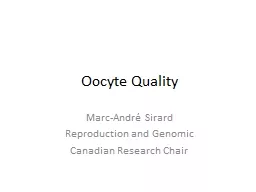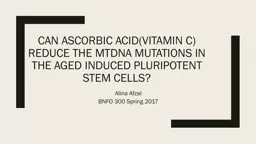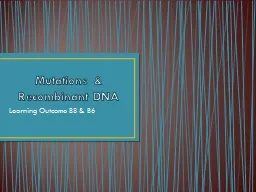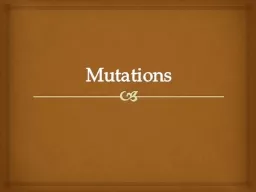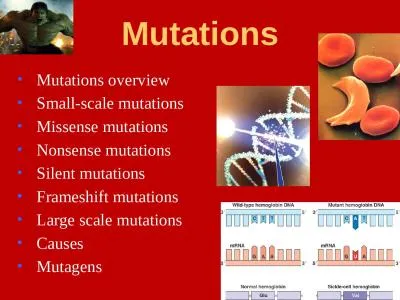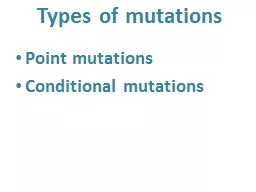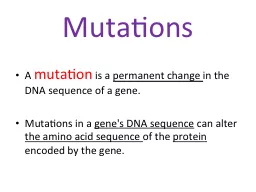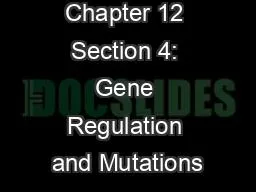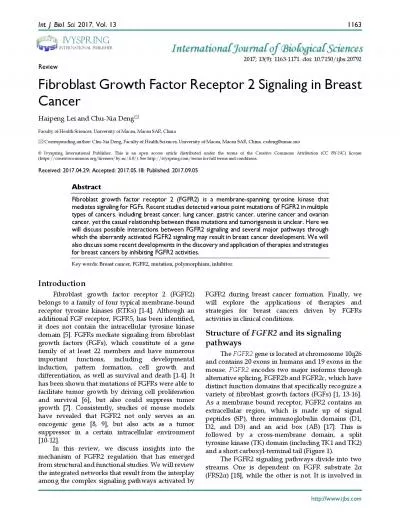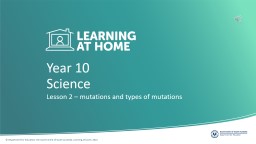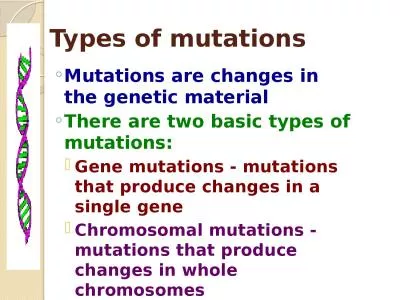PDF-Cell Research Vol 19 No 7 July 2009 mtDNA mutations and cancer
Author : jacey | Published Date : 2021-06-13
npg REVIEW Implications of mitochondrial DNA mutations and mito npg
Presentation Embed Code
Download Presentation
Download Presentation The PPT/PDF document "Cell Research Vol 19 No 7 July 2009 mt..." is the property of its rightful owner. Permission is granted to download and print the materials on this website for personal, non-commercial use only, and to display it on your personal computer provided you do not modify the materials and that you retain all copyright notices contained in the materials. By downloading content from our website, you accept the terms of this agreement.
Cell Research Vol 19 No 7 July 2009 mtDNA mutations and cancer: Transcript
Download Rules Of Document
"Cell Research Vol 19 No 7 July 2009 mtDNA mutations and cancer"The content belongs to its owner. You may download and print it for personal use, without modification, and keep all copyright notices. By downloading, you agree to these terms.
Related Documents

